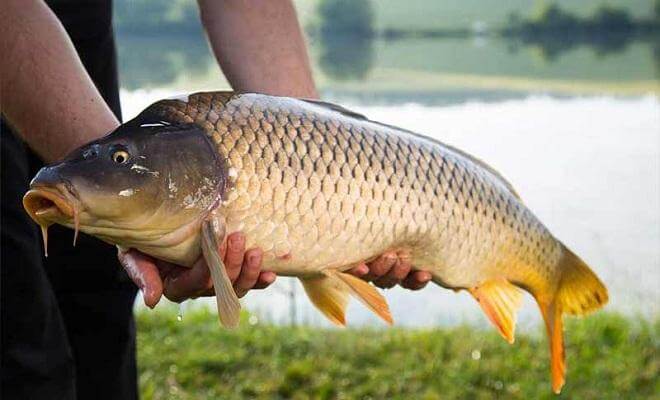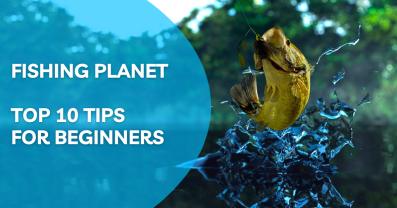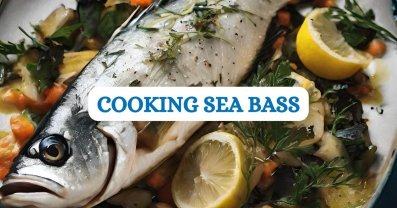Tackle for catching carp
Carp and crucian carp are not only one of the largest inhabitants of water bodies in the middle zone, but also the strongest fish, which can cause great problems for a novice fisherman and require the skill and experience of a fisherman to balance. It is quite natural that catching trophy specimens requires special carp tackle, for more modest catch sizes, those used for catching other types of fish with rods, reels and rigs are quite sufficient.

Float equipment for catching carp
It is not often possible to catch large prey with float fishing rods. This is primarily due to the fact that such gear for catching carp and carp does not provide sufficient range, as these fish often feed quite far from the shore. Among the float rods there are:
- Fly rod. This is the simplest tackle that doesn't even require a reel. The length of such rods when fishing for carp is 5-6 meters, longer options are already inconvenient to work with. Trophy-sized specimens are caught on such gear extremely rarely.
- Bolognese rod. Unlike fly fishing rods, these fishing rods have rings and are equipped with reels. They are used for fishing on reservoirs with a current, as well as for fishing in wiring. The most relevant for hunting carp.
- Plug rod. Long, up to 9 meters or more rods, which make it possible to accurately deliver it to the fishing point, despite possible obstacles in the form of an oncoming wind or coastal vegetation. Silent feeding of equipment is especially important in carp fishing, as it is a cautious and timid fish.
- Match rod. This type of rod provides the furthest cast and is often the most catchable with this carp and carp fishing tackle. The length of the blank is mainly selected in this way - for fishing with sliding equipment, the average version of 3.6 meters is taken, but there should be a margin for the deaf.
Hooks and fishing line
The size of the hooks and the diameter of the main fishing line with leashes should be selected for specific conditions. For this purpose, we have prepared a special material where we analyzed in detail the choice and size of hooks for carp fishing
For small fish, 0.22 mm fishing line is enough, but for trophy carp, it is better to use stronger equipment of 0.3-0.4 mm. If there is a possibility of a carp bite, you should stop at thicker options.
Important! In the case of a bad bite, you should try to change it to a more delicate one - the thinner the fishing line and leash, the smaller the size of the hook, the higher the probability of a bite, especially if the fish is inactive. Fishing experience from competitions clearly indicates such a pattern.
Bottom tackle
These are the most common tackles for catching carp. They are caught with them in spring and autumn, from a boat and from the shore on rivers and stagnant bodies of water. It is in the case of bottoms that there is a maximum variety of used reels and rods, assembly of all possible manufacturers. One of the most common options is Chinese-made telescopic spinning with a test of up to 150 grams. Neither high accuracy nor special sensitivity should be expected, but it is difficult to miss a carp bite.
Reels also come in a wide variety, often chosen from what is available at the moment. These can be old spinning inertial units of the "Nevsky" type and inexpensive simple Chinese inertial units. Donka does not require frequent recasting, therefore such requirements are not high for the tackle.
In the main mass of fishermen, the tackle is not at all sporty - to the feeder (most often it is a spring or cork, or analogs of "crucian carp killers", often self-made) not one leash with hooks is knitted, but 3-4-5 pieces, or even more.
Importanе! In the case of bottom tackle, you should not get carried away with the number of leashes with hooks. If there are too many, they will regularly get tangled, and changing the nozzle will take too much time.
Feeder tackle
These tackles for catching carp and carp allow you to catch fish from almost any distance, as rods of this type allow you to fish at distances of more than 100 meters (although, of course, there is no question of the comfort of fishing at such a distance). When choosing a form, you should pay attention to the following characteristics:
- Length. The longer the fishing distance, the longer the rod. Right under your feet, you can successfully fish with pickers 2.7-3 meters long, the average size of the feeder blank is 3.6, and for the most distant casts there are models of 3.9-4.2 meters.
- Build. Parabolic rods are best for catching carp and carp. Such a system extinguishes especially strong jerks and partially compensates for the lack of experience in handling tackle among beginners.
- Test. For carp, heavy-class blanks with a test of up to 120 or 150 grams are most often used, since with them you can use feeders of sufficient capacity and throw them at the required distance.
A suitable reel is needed for such a rod. Non-inertia rods with a standard size of 5000 and more are used (the preferred sizes for picker rods are 3000-4000). The gear ratio is better closer to the power values, as this will help when balancing the carp. A serious advantage will be the presence of a baitrunner - a device that allows the fish to wind the fishing line from the spool when biting. This will prevent the carp from pulling the rod into the reservoir during the "steam train" bite after fixing it on the stand. The smoothness of the movement is also not the least important - it is worth choosing among models with at least 5 bearings.
Flat feeder method
This installation differs from English bottom fishing, primarily in the shape of the feeder and the specifics of the tactics. The flat has the following advantages:
- The large surface area of the flat bottom of the feeder prevents it from sinking into soft mud or a dense carpet of algae.
- The flat involves feeding the nozzle directly into the feed, which reduces the probability of hooking the equipment while it sinks to the bottom. In this way, it is easier to catch reeds near the wall.
- At night, it is easier to catch carp on a flat, as the frequency of recasting will be lower than in traditional feeder fishing.
Bait for fishing with such feeders differs from what is usually used in feeder fishing. For the flat, you need viscous, heavy mixtures that will not fly out when hitting the water. They often contain peanuts, peas, and corn to attract large fish.
Hair accessories are used, in which the nozzle is attached not directly to the hook, but to its tip with the help of a thin leash. This method allows you to use the features of the carp family's diet for reliable hooking - the fish, while sucking food, also pulls in a nozzle with a hook, which, turning over in its mouth when trying to spit it out, catches a carp or carp by its lower lip. However, their production requires additional tools. Current hair equipment for the entire open water season - from March to November.
Specialized carp tackle
These rods easily cope with both ultra-long casts and jerks of strong fish. They differ from feeders by a solid reserve of strength and greater weight, which, however, does not interfere with fishing - the tackle usually rests on a special stand, with bite alarms connected. Recasts in carp fishing occur less often, so the fisherman does not experience severe fatigue when working with such a tackle. Also, the carp is characterized by thicker walls, a heavy and strong culm part, a large diameter of the first pass ring, and a transport length of 1.6-1.7 meters is not uncommon among them. Sometimes it is not easy to buy them, since such tackles are not particularly popular.
Fishing reels are also different. A standard size from 6000 to 9000 or even 12000 won't surprise anyone in carp fishing. Such large dimensions are due to the need to wind hundreds of meters of thick fishing line, ultra-long casts and fight with large fish.
In carp fishing, it is also worth taking care of a stable stand for fishing rods, as well as bite alarms, which will allow the fisherman to leave his tackle for a short time, and it is sometimes necessary to do so.



